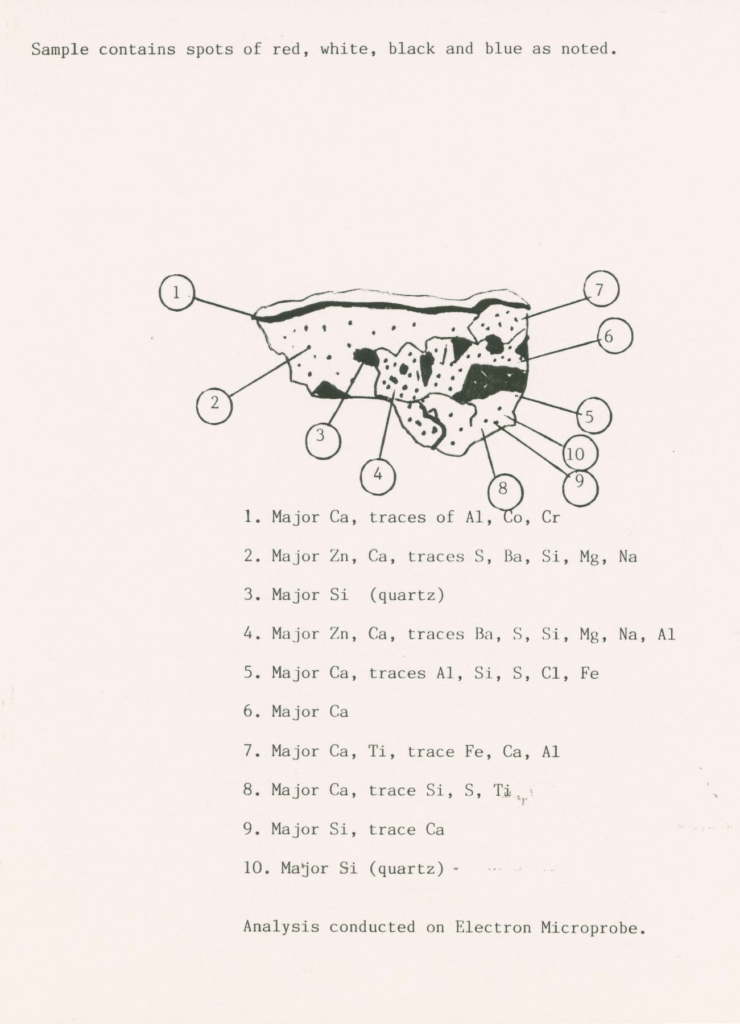by Student author, from class on the history of The New School
One of the many reasons the New School is proud of the Orozco Room is the relative rarity of “true fresco” murals in the United States. The Orozco murals are sometimes trumpeted as “the only true fresco murals installed the United States” or “the only true fresco murals installed in New York City.” The former is unfortunately incorrect – in fact, Orozco’s own Dartmouth murals are also fresco – but it does highlight the uniqueness of the jewel in the crown of the New School Art Collection.
Fresco is a unique, ancient technique of creating a work of art. A fresh layer of limestone plaster is planed on a surface, and then the pigment is added while the plaster is still wet. Once the plaster dries, the color is permanent. Done well, fresco can last hundreds of years. Some of the oldest known frescos date from 1500 BC.
In our research, we discovered a very interesting document: the report of a student from 1986 who came to study the mural’s composition. The student was named Anton Rajer, and he was studying at the Center for Conservation and Technical Studies at the Harvard University Art Museum. Rajer performed significant research on the Orozco murals, including chemical analysis, and found that José Clemente Orozco’s adhered closely to the traditional methods of fresco, even though the machined surfaces he was working with, like manufactured brick, were not as simple to apply fresco to as traditional handmade building surfaces that the Renaissance Italians used.
Rajer writes, “The focus of this technical study was to shed light on the materials – especially the pigments – and techniques of one of the major artists of the twentieth century…Orozco’s progressive master of the technique of the buon fresco is demonstrated by comparing the earliest work at Pomona College…to the technical accomplishments on a large scale at Dartmouth College.” Rajer also examined some murals by Orozco on executed on mesh panels for the Museum of Modern Art, and compared the results of the four different murals in the report.Rajer was allowed to examine the mural’s chemical and mineral content by “electron microprobe,” a tool that bombards the mural with electrons and emits x-rays that can be interpreted. His analysis looked like this:

The comparison of the murals is highly technical, but interesting because of the context and the method by which it was performed.